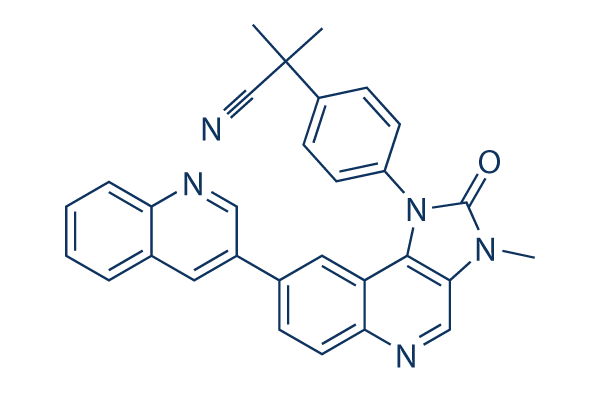n the context in the neuroblastoma cell line SK N SH, it is actually of interest that inhibition of JNK basal levels by means of both a JNK specific inhibitor or by means of siRNA mediated knock down leads to improved P53 protein.Thus, provided that P53 right activates miR 34a tran scription.it is actually possible that miR 34a enhances its very own activation indirectly resulting in dephosphorylation and inactivation of JNK. While luciferase reporter assays failed to demon strate direct targeting of MAP3K9 by miR 34a, in our view, these damaging success never rule out the possi bility of direct focusing on, as conformational distinctions in between the luciferase three UTR and that in the endogen ous MAP3K9 could have affected targeting.
From a practical standpoint, down regulation of MAP3K9 by miR 34a either through direct focusing on or an alternative secondary mechanism could be expected to get precisely the same phenotypic consequences. Identification of miR34a as being a potent tumor suppressor molecule of neuroblastoma in vivo is a very major getting with selleck respect for the growth of likely thera peutics for this disorder. Present therapies for high possibility neu roblastoma involve chemo and radiation therapy in an attempt to hinder tumor relapse. Identification of miRNA mediated gene therapies for neuroblastoma supplies a probable substitute with respect to remedy which may possibly circumvent recent difficulties including chemotherapeutic drug resistance in specific tumors and adverse drug remedy unwanted effects. Targeted therapeutics utilising the efficacy of miR34a on this disorder state is actually a novel spot of research when it comes to neuroblastoma tumor treatment method.
Conclusions The position of miRNAs in mediating vital cellular pro cesses is an emerging field in cancer genetics. Dysregu lation, enhanced expression and selective inhibition of miRNAs AT-406 has improved scientific understanding of the practical role which these regulatory molecules perform in cancer progression and patient prognosis. MiR 34a was the 1st miRNA recognized as a putative tumor suppres sor in neuroblastoma via its direct targeting of transcription factors and also other genes critical for cellu lar proliferation. Right here we determine, for the first time, the efficacy of miR 34a in retarding neuroblastoma tumor development in vivo in both MYCN amplified and non MYCN amplified neuroblastoma xenografts.and also propose a prospective mechanism by way of which this might happen.
The success which transient pre treatment method of these cells with miR 34a has on tumor development delivers rationale for additional investi gation of your effects of miR 34a  in pre established tumors in vivo.a endeavor which is at the moment being underta ken by our study team. Background The RTK c Met is expressed for the duration of typical produce ment and plays a essential position in lots of cell regulatory processes.A
in pre established tumors in vivo.a endeavor which is at the moment being underta ken by our study team. Background The RTK c Met is expressed for the duration of typical produce ment and plays a essential position in lots of cell regulatory processes.A
DUB Signal
Specific genes that can be activated by inducers are called inducible genes.
